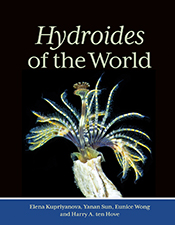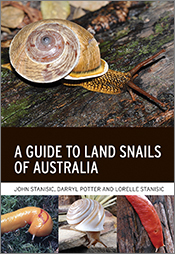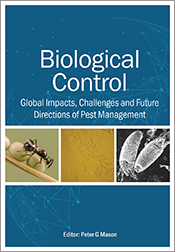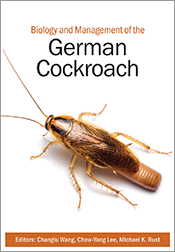Managing Australia's Pest Animals
A Guide to Strategic Planning and Effective Management
By: Mike BraysherA clear and comprehensive guide to best practice pest management in Australia.
Pest animals are but one of many factors that influence the desired outcome from managing natural resource based systems, whether for production or conservation purposes. Others include diseases, weeds, financial resources, weather and fire management. To be effective, an integrated and systematic approach is required, and the principles and strategic approach outlined in this book can also be used to plan and manage the damage due to other factors. + Full description
Managing Australia's Pest Animals includes case studies of successful and unsuccessful pest management strategies and covers a range of topics, including the history of pest management, current best practice principles, and guidelines for planning and applying strategic pest management approaches to effectively reduce pest damage. This book is the first clear and comprehensive guide to best practice pest management in Australia and will benefit students and trainers of pest managers, landholders, people involved in natural resource management, and industry and government pest management staff.
- Short descriptionReviews
"A clear and comprehensive guide to best-practice vertebrate pest management. Although written with an Australian focus, the principles and strategies detailed for managing invasive animal species could easily be applied in other countries with similar problems... a long overdue text"
Julianne Farrell and Myron P. Zalucki, Conservation Biology, 2018
"A comprehensive and strategic approach to pest management and would provide guidance to both operational planning and policy development. Having access to this publication at the start of my career would have been most valuable. I would strongly recommend it to those planning a career in pest management, and as a decision support reference for those seeking to influence at a policy or planning level."
David Akers, Australasian Journal of Environmental Management 24(4), 2017, pp. 453-4554
"Including an exhaustive glossary and plenty of references for further reading, the guide definitively details the principles of strategic management for minimising the damage caused by introduced pest species... Ostensibly, Braysher has written the book for those employed officially as land managers, or for those studying to become land managers, yet the information contained within would be useful for private landholders, conservation volunteers and charities and other members of the general public who would better their understanding of how to maintain our natural heritage."
Wild #158, March-April 2017, p. 72
Details
Paperback | February 2017 | $ 49.95ISBN: 9781486304431 | 216 pages | 245 x 170 mm
Publisher: CSIRO Publishing
Illustrations, Photographs
ePDF | February 2017
ISBN: 9781486304448
Publisher: CSIRO Publishing
Available from eRetailers
ePUB | February 2017
ISBN: 9781486304455
Publisher: CSIRO Publishing
Available from eRetailers
Features
- An up-to-date publication that revisits and refines the principles that underpin strategic management of the damage due to pest animals.
- This guide will strongly support the expected knowledge base of the revised Vocational Education and Training (VET) Conservation and Land Management qualifications for managing pests.
- Structured in a logical format, with extensive links to available resources, a glossary that explains key terms and concepts, and detailed figures that will aid both students and seasoned professionals.
- An ideal reference book for land and wildlife managers with federal, state or local agencies.
- Accurate and highly credible information, based on the most up-to-date research.
Contents
ForewordAcknowledgements
Preface
Additional resources and reading
1. Fundamentals of vertebrate pest management
2. The principles of pest management
3. The strategic approach
4. Engaging with communities and stakeholders
5. Planning for successful pest management
6. Minimising risk and uncertainty
7. Experimental management, monitoring and evaluation
8. Implementing pest management
Appendix 1. Case studies
Definitions and key concepts
References
Index
View the full table of contents.








